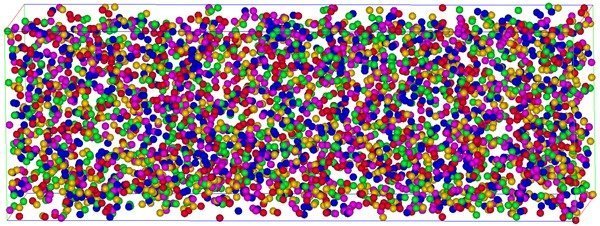Conference Paper
Ram, F.; Zaefferer, S.: Kikuchi bandlet method: A method for accurate Kikuchi band intensity analysis in EBSD patterns. In: emc2012 proceedings (CD-ROM). EMC 2012 - The 15th European Microscopy Congress, Manchester, UK, September 16, 2012 - September 21, 2012. (2012)


